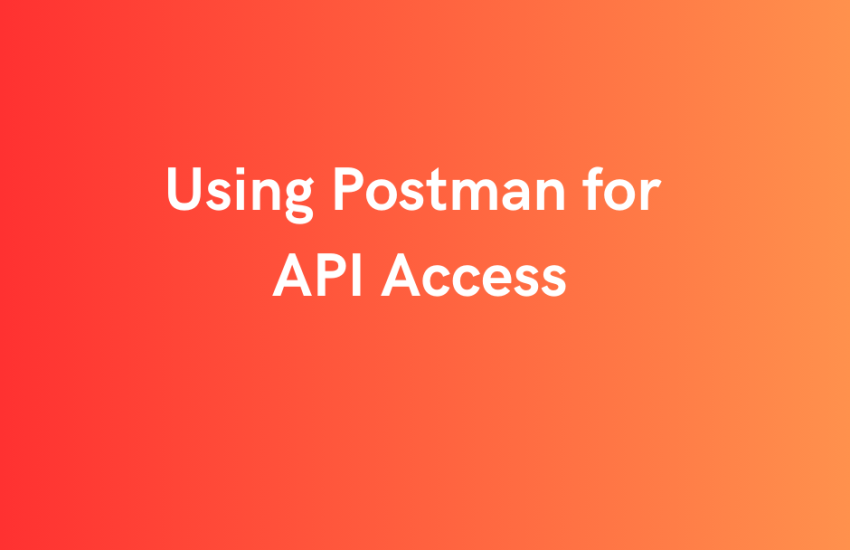In today’s digital landscape, Application Programming Interfaces (APIs) have become the backbone of software development, facilitating seamless communication between diverse applications and services. Among the array of API development and testing tools, Postman stands out as a versatile and feature-rich platform. This guide aims to provide a comprehensive overview of the Postman API, explore its functionalities, and demonstrate its capabilities through practical examples.
Getting Started with Postman API
To embark on your journey with Postman API, the first step is to install the Postman application on your local machine. Once installed, you’ll be greeted with an intuitive interface that simplifies the process of creating, testing, and documenting APIs.
Creating a New Request:
Launch Postman and click on the “New” button to create a new request.
Enter the URL of the API endpoint you wish to interact with.
Choose the appropriate HTTP method (e.g., GET, POST, PUT, DELETE) from the dropdown menu.
Optionally, add headers, parameters, and body content as required by the API.
Click on the “Send” button to execute the request and view the response.
Example: Making a GET Request
Let’s consider a scenario where we want to retrieve weather data from a public API:
- URL: https://api.openweathermap.org/data/2.5/weather
- Method: GET
- Parameters:
- city: London
- API Key: Your_OpenWeatherMap_API_Key
Upon sending the request, Postman will display the response from the API, which typically includes the requested data in JSON format.
Advanced Features and Best Practices
- While Postman excels at simplifying basic API interactions, its true power lies in its advanced features and best practices for API development. Here are some tips to enhance your Postman experience:
- Collections and Environments: Organize your requests into collections based on project or API endpoints, and leverage environments to manage variables such as base URLs or authentication tokens.
- Tests and Assertions: Write tests to validate API responses automatically. Postman provides a built-in testing framework that allows you to assert response status codes, headers, and body content.
- Scripting: Utilize pre-request and post-request scripts to manipulate data, generate dynamic values, or chain multiple requests together.
- Documentation: Document your APIs directly within Postman using the built-in documentation feature. This ensures that your API consumers have access to up-to-date information on endpoints, parameters, and expected responses.
By incorporating these advanced features and best practices into your API development workflow, you can streamline collaboration, ensure the reliability of your APIs, and accelerate the software development process.




